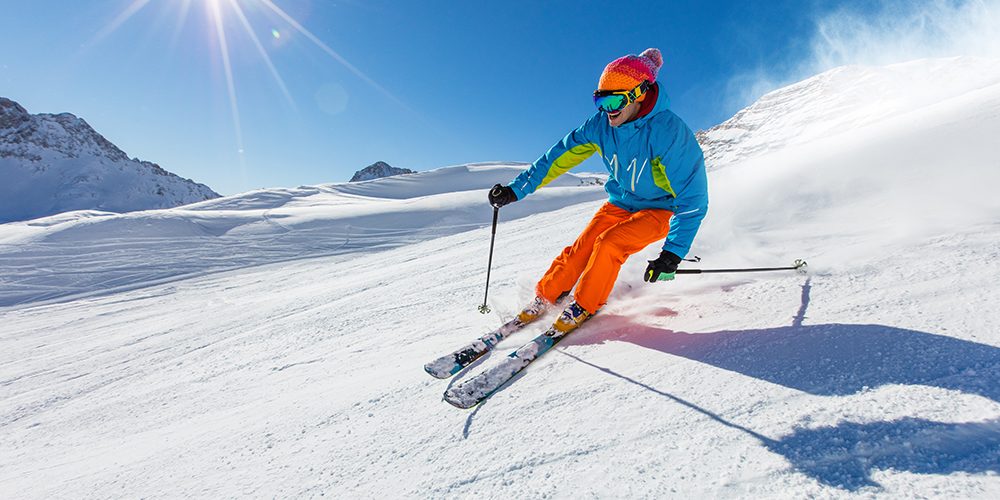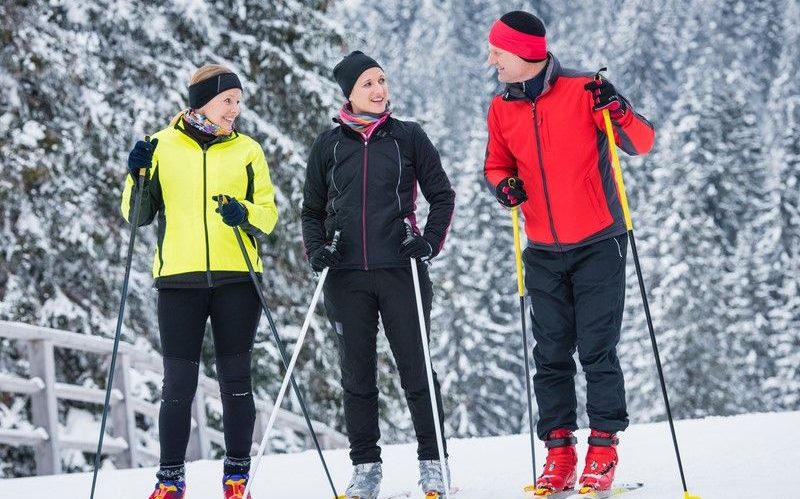
How to dress for cross-country skiing: instructions and 25 things – from thermal underwear to cool gloves
As the old Scandinavian saying goes, “There is no such thing as bad weather, only bad clothes.” Sure, the air outside feels frosty, but if you know how to choose the right clothes, you can endure some of the worst conditions winter has to offer. You should dress in a way that will keep you mobile, dry and protected from the wind.
Layered clothing for winter
For polar explorer Erik Larsen, the golden rule of winter hiking is to stay dry. In fact, it gets too hot, plus the sweat pours in a stream, after a long activity. Once you stop moving, hypothermia can set in in less than five minutes on cold, windy days.
No matter how hard you work, you need to keep track of how much you sweat. Learning how to fold clothes in layers is of great help in such matters. If you start to sweat, drop the layer immediately or slow down. Here is a breakdown into the four main layers:
- Basic. No matter how cold the temperature is, wear a long-sleeved lightweight base layer that is close to the skin. Thinner layers absorb sweat better and dry faster. Choose shirts with thumbholes to keep drafts out between sleeve and glove.
- Medium. This layer should be made of wool, polyester or a mixture of both.
- Jacket with a hood. This zip-up puffy jacket should have a hood that will keep you warm in cold weather. If the wind blows the hood back, secure it with a headlamp strap or eyeglass tape.
- Outer shell. When you’re dressing below nine, you need a protective outer layer: a waterproof/breathable shell with taped seams. Its size is large enough to fit on top of everything else. And avoid white jackets and gear that get lost in the snow.
Avoid cotton in winter. It absorbs water and sweat and can lead to hypothermia. Layering tips.

Unzip the zippers
Do not wear them around the neck and chin. Otherwise, you may be rubbed with three or four lightning bolts. Try pairing a base layer with a crew neck and an insulating mid layer with a zipper T, then layer them over with leg warmers.
Also, close all pockets. If you don’t, “they can fill up with a whirlwind when it’s really blowing,” says Brian Clark, a meteorologist who works on Mount Washington, one of the windiest places on the planet.
Face protection
If your glasses are fogging up, it’s most likely because you’re too hot. Unbutton your clothes, manage your body temperature and keep your anti-fog wipes in a handy pocket.
It also helps to keep the balaclava away from your nose, but be sure to protect your nose from frostbite. Balaclavas and face masks should be windproof and have ventilation holes to prevent condensation and getting wet. If you have long hair, some balaclavas have holes in the back that are suitable for ponytails.
Popular articles
-
 What is Cyber Football?
What is Cyber Football?E-football, or cyber football, is a digital simulation of the …
-
 Third ODI Showdown: England vs. New Z...
Third ODI Showdown: England vs. New Z...The sport of cricket is no stranger to nail-biting finishes …
-
 Blackjack Tournaments: A Deep Dive in...
Blackjack Tournaments: A Deep Dive in...The allure of the casino world is undeniable, captivating those …
